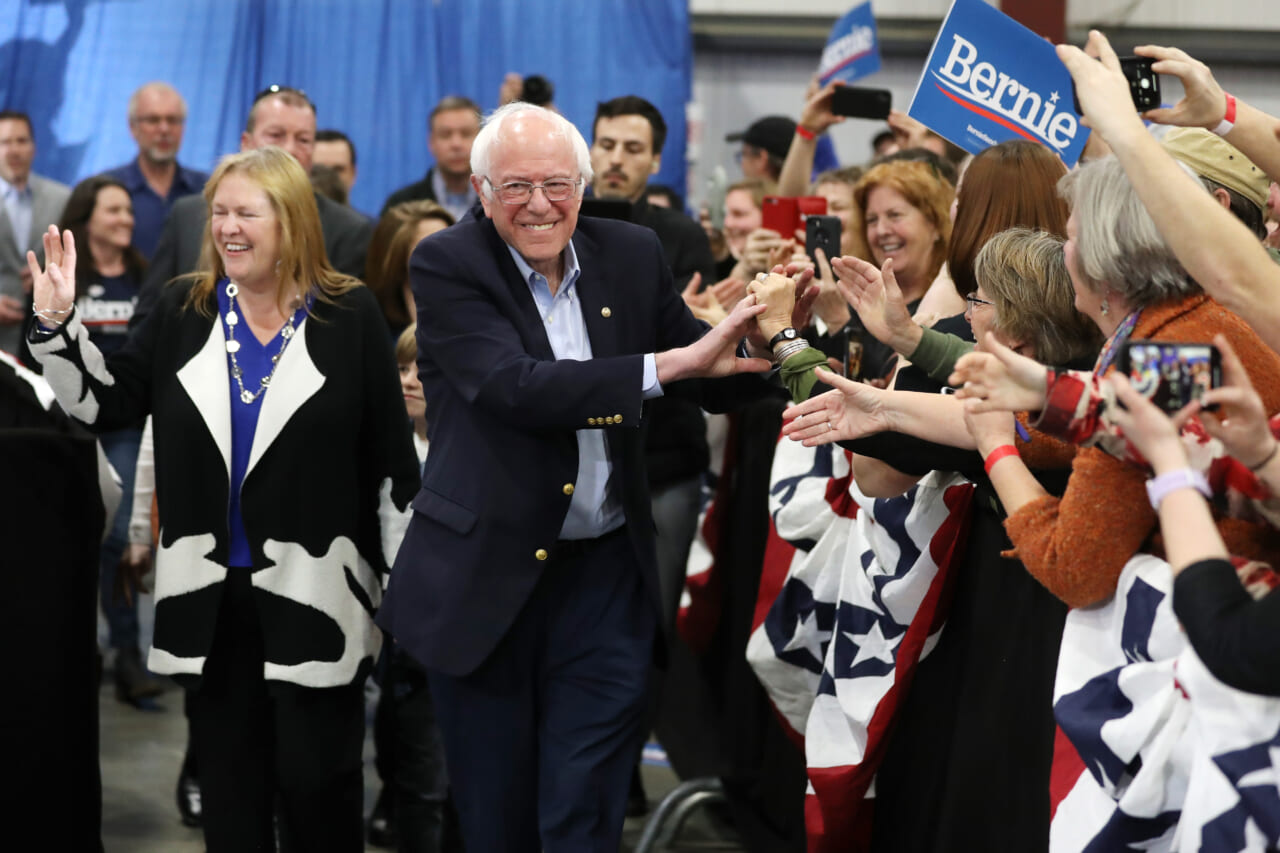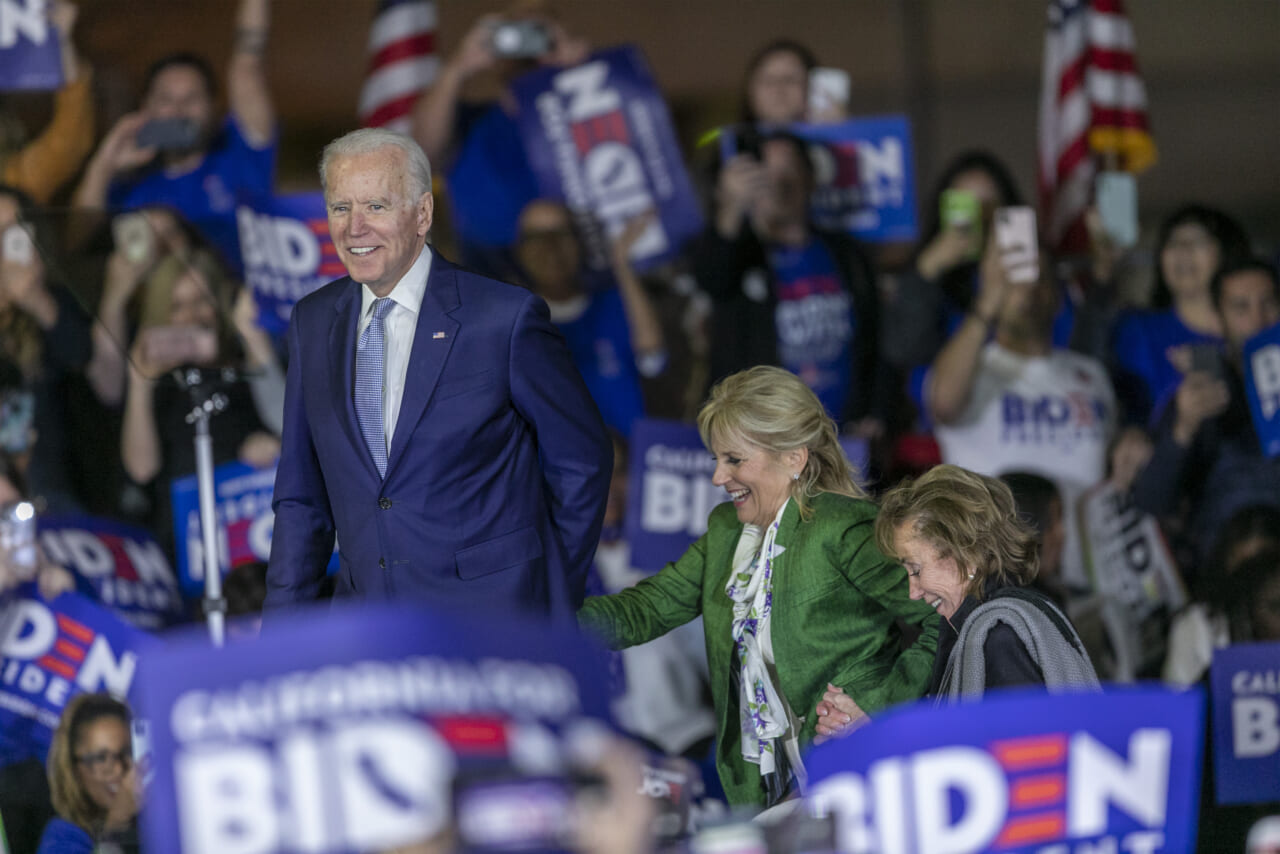We have now arrived at the truth: Black voters are the reason why former Vice President Joe Biden is having an astonishing comeback story this primary season.
After landing his first victory in South Carolina on Saturday, the Black vote there and in other southern states helped propel Biden’s undeniable victory on Super Tuesday.
Watching the results on the night of Super Tuesday, however, was infuriating.
READ MORE: The Obama Gap: Dem presidential candidates face generational divide in Black voters
As a progressive Black millennial, the generational divide couldn’t have been more glaring. My academic, activist, and “woke” Black peers on social media were either disappointed in Senator Elizabeth Warren’s performance or Senator Bernie Sanders losing momentum in several key states.
As political pundits kept talking about how the Black vote was the deciding factor on Super Tuesday, I kept feeling this instant gut sense of betrayal. Older Black voters–our grandparents, aunties and uncles–gave their vote to a moderate, likely because his proximity to the first Black president, Barack Obama, made them feel as if he was a more viable candidate.
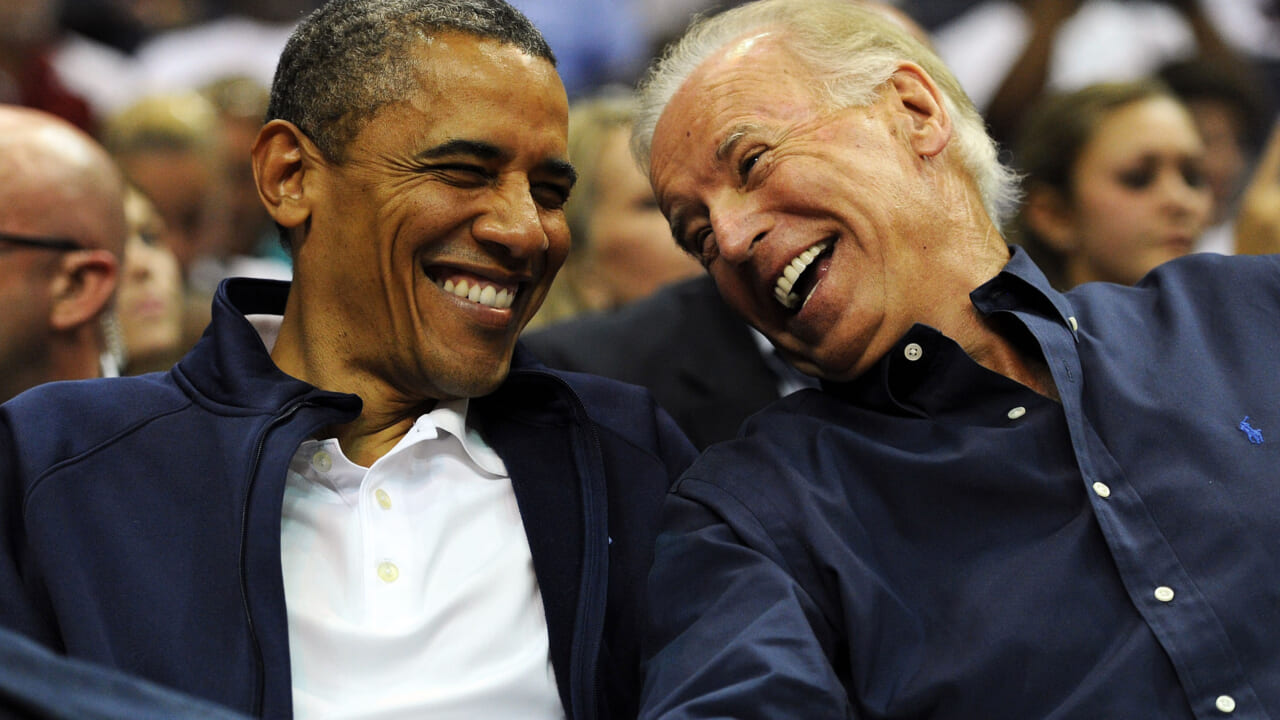
“Uncle Joe,” as some of them refer to Biden, is the “one to defeat Trump.” I kept hearing this at my barbershop in Philly, the bar in my home state of Texas, and in constant arguments with older relatives on Facebook and social gatherings. For them, it’s about picking a candidate who can beat President Donald Trump in November.
It’s not about intersectional policy plans that truly advance the diversity, equity, and inclusion of the Democratic Party. It’s not about Biden’s patchy history with race and his inconsistency with how he talks about the Black community nor advancing progressive values.
READ MORE: Hillary Clinton doesn’t think Bernie Sanders is the strongest Dem nominee
It’s about backing the man who they think can bring the country back to normal again.
Sadly, that’s a losing strategy. I don’t blame Black elders in the community for believing this — I blame the Democratic establishment for putting us here in the first place.
Black voters are often forced by the establishment to vote based on survival tactics, which subsequently reinforces the narrative that our vote is taken for granted.
Whether it is being told to “vote blue no matter who,” or feeling as though we are giving Trump another victory if we are critical of any of the Democratic options, Black voters have been bastardized into pragmatism rather than imagination.
And while some may actually like Biden, it’s hard to imagine this guy being their first choice in a party that boasts more dynamic and fresh leaders.
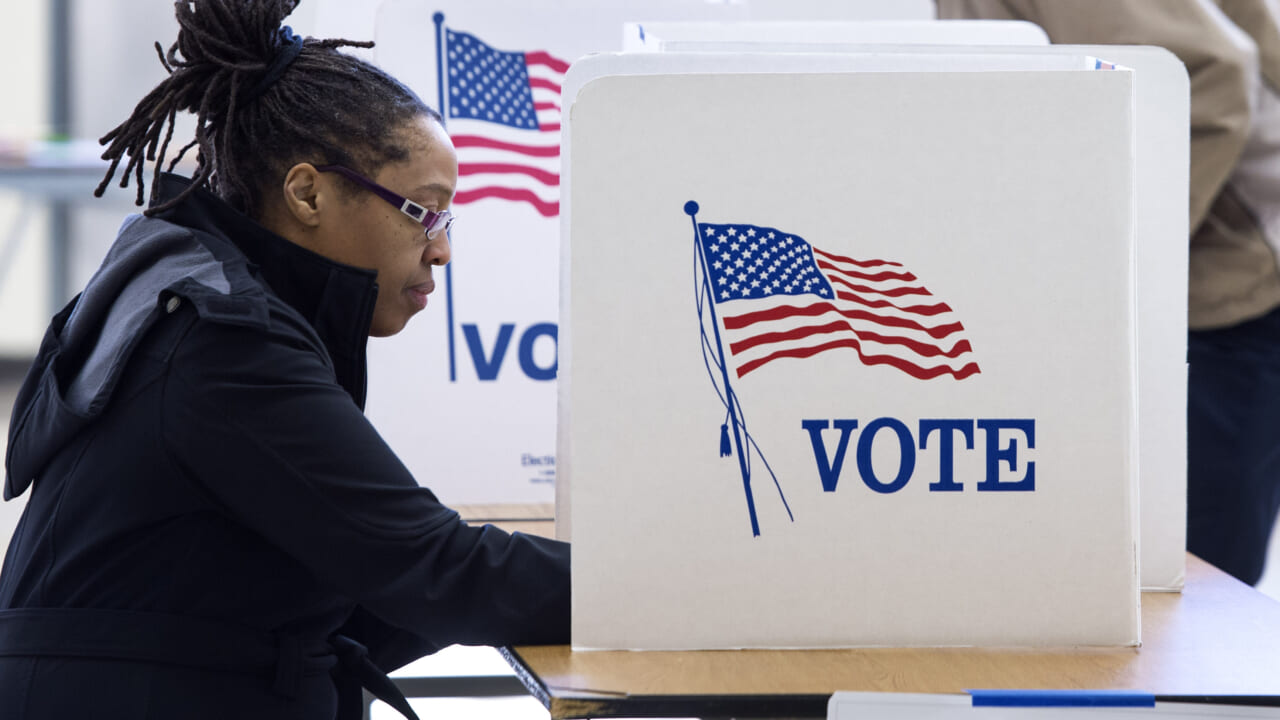
Biden arguably struggles with getting young voter support because he isn’t inspiring or saying anything different than what we’ve heard over the last decade.
The first presidential election I was eligible to vote in was for former President Obama in 2012.
Obama the candidate possessed cross-generational appeal and had an appreciation for progressive ideas around marriage equality, health care, and social services.
Today, Obama’s former VP, who is now in his third bid for president, rambles on stage and gives uninspiring (and sometimes inaudible) political talking points. Biden’s identity as an old, white, straight, Christian man with a familiar and established face makes him more palatable to Black older voters. They see him as the more formidable challenger Trump, who’s also an old, white, straight, Christian man.
READ MORE: Symone Sanders praised after rushing Biden stage to grab protester during rally
We’re essentially fighting fire with fire, which is an enticing strategy, but pretty much says nothing about improving American society beyond the status quo. It’s more about one political party trying to outdo the other.
While progressive candidates like Warren and Sanders have struggled to garner the prized treasure trove that is the older Black vote, I blame the Democratic Party for not aggressively pushing the kind of imagination and promise of more diverse presidential candidates throughout this entire process.
Looking back, I would have liked to see former Secretary Julián Castro, whose background with the Obama administration and progressive platform would have made him a better reflection of where the Democratic Party is truly headed.
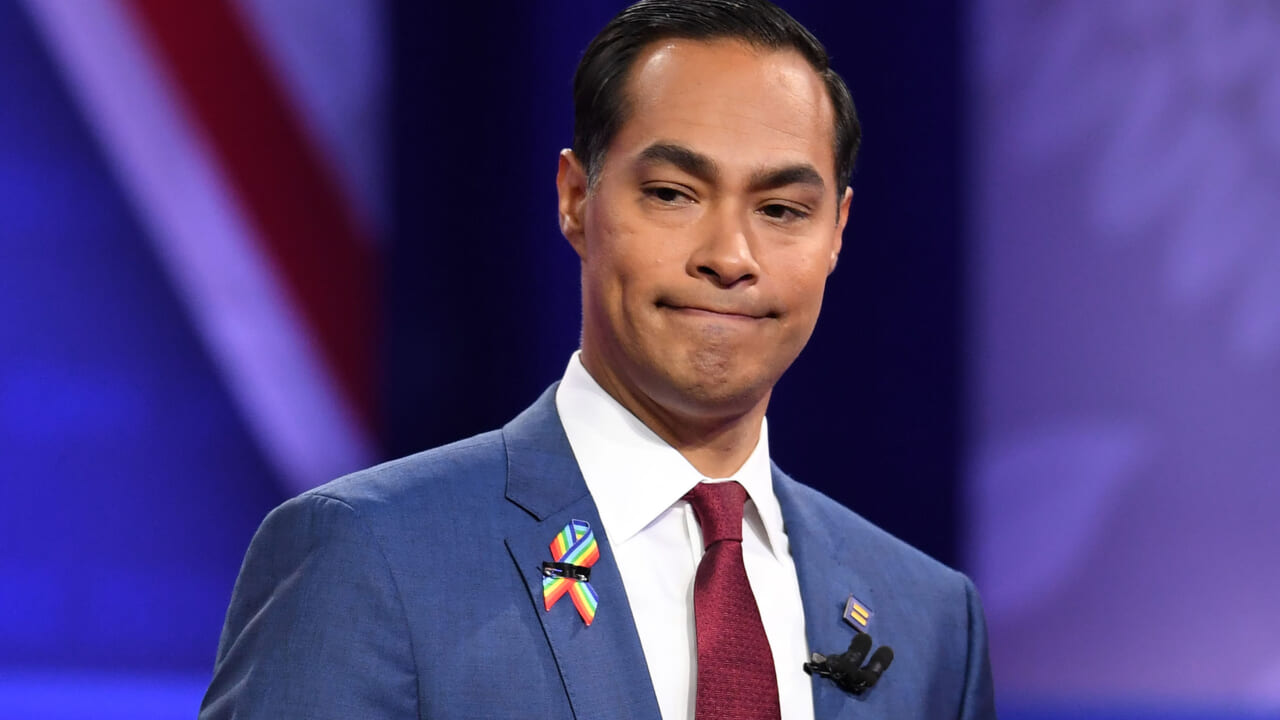
Now, Black voters are forced to keep their fingers crossed and hope that the future Democratic presidential nominee picks someone of color to be their running-mate — someone who’s likely more qualified to be on top of the presidential ticket.
The older Black vote has spoken, and it’s highly unlikely that they will be swayed at this point now that Biden has the competitive primary edge. If he is the nominee in November, I will vote for him. But it’s not because he is a great candidate with a bold vision for the America that I’d like to live in. It would instead be based solely on escaping four more years of Trump.
READ MORE: Sanders says Biden winning Black vote by ‘running with his ties to Obama’
Sadly, I fear that this rationale will not be good enough for the millions of other young voters who might just stay home and keep the status-quo intact. An election shouldn’t just be about survival. It should be about the freedom to make your voice heard.
Right now, young Democratic voters are making their voice loud and clear on the kind of candidate they’d like to see elected to the White House. I fear they won’t be as motivated when the time comes to cast their ballot on Nov. 4, given the top choice of their elders.
Ernest Owens is the Writer at Large of Philadelphia magazine and CEO of Ernest Media Empire, LLC. The award-winning journalist has written for The New York Times, NBC News, USA Today and several other major publications. Follow him on Facebook, Twitter, or Instagram and ernestowens.com.
The Grio’s opinion stories reflect the thoughts of the author and are not endorsements or the opinions of its staff.
The post Biden’s stronghold with black voters exposes generational divide rooted in fear appeared first on TheGrio.
from TheGrio https://ift.tt/32TeXdf
via











